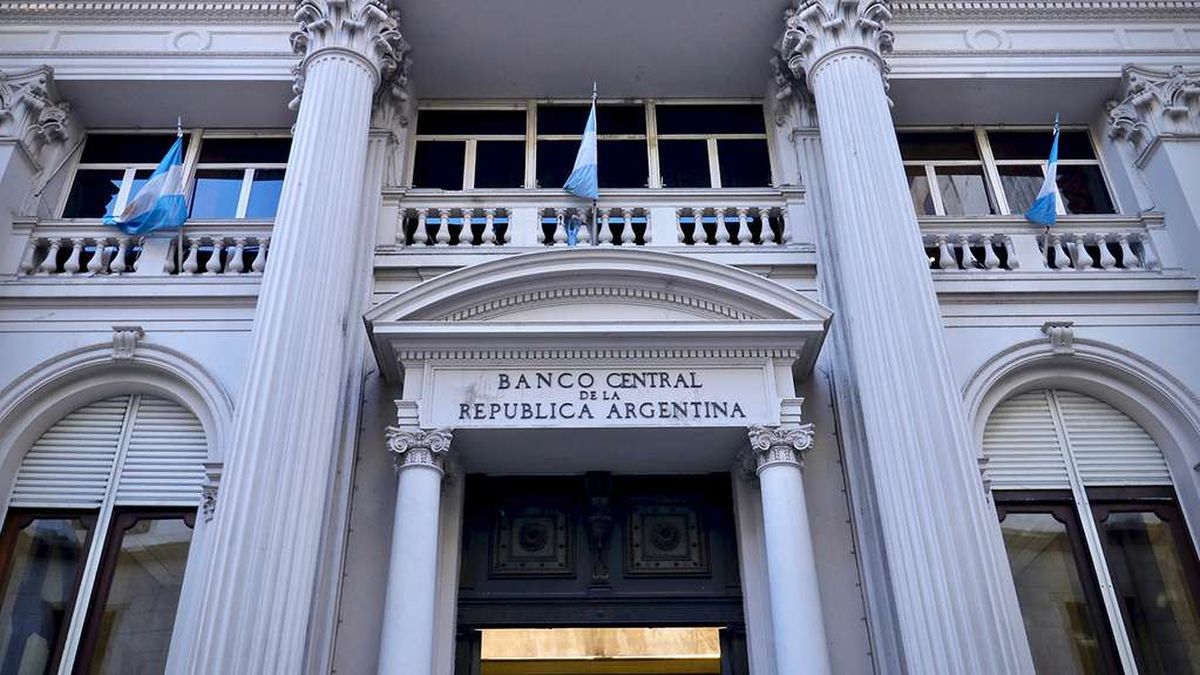He Central Bank (BCRA) modified the minimum capital requirements for financing in foreign currency. As explained by the organization in charge of Santiago Bausilithe measure is part of “the normalization of credit conditions for the agricultural sector.”
He did it through Communication “A” 8121, which applies to financing in foreign currency that financial entities grant to clients in the sector that are not MSMEs and that maintain a stock of their production for a value greater than 5% of their annual harvest capacity, warns the BCRA.
The modification consists of excluding to new financing in foreign currency compliance with certain requirements established in point 11.5 of the text ordered on Minimum Capital of Financial Entities. This means that, for these new financings, banks will not be required to comply with certain regulations related to the constitution of capital.
It turns out that, by reducing capital requirements for financing in foreign currency, financial institutions could have greater room for maneuver to grant this type of credit. It should be remembered that, in June, the minimum rate that had been established in September 2022 (A 7600) had already been eliminated for these financings at 120% of the last published monetary policy rate.
From the BCRA they remember that “it was not a communication, but rather a provision was dropped that expired on 6/30/2024.” Also, in June the restriction on financing in foreign currency to large exporters was eliminated through the Communication “A” 8043.
Deregulation of the financial system
This measure is framed in the context of successful money launderingas well as in the Government’s attempt to reduce restrictions on financing in foreign currency step by step, thereby seeking to boost loans in dollars.
Sebastian Menescaldidirector of EcoGo, -in dialogue with Scope– explains regarding the rule that now, if it is lent to an exporter in the agricultural sector, no need to add additional capital. It happens that before, this requirement discouraged lending in dollars by banks to agro-export companies, as it prevented them from liquidating their operations.
“Now, by eliminating this additional capital requirement, the granting of credits in dollars is facilitated. The objective is precisely to encourage these loans, mobilizing the US$18 billion that came in from money laundering. However, in reality, the amount available for this operation is approximately US$13 thousand or a little more than US$14 billion, comments the economist.
Menescaldi adds that the Government seeks to sell these dollars, which would allow it to increase its net reserves. Currently, these bills are found in cash at bank branches or in cash registers. “By ensuring that these reserves are converted from gross reserves to net reserves, the Government would be achieving one of its main objectives, comments the economist, who adds that: “All this to finance an incipient current account deficit“.
Of course The asset regularization regime was key to the increase in dollar deposits in banks. Before the implementation of this asset externalization regime, on August 14, deposits were around US$18.6 billion. The data show that the income of crispy dollars exceeded, at least in terms of cash income, the laundering program of the Government of Mauricio Macri, which represents an important boost for the BCRA’s reserves.
1816.jpeg
It happens that the deposit growth In the aforementioned segment they exceeded the nominal maximum recorded on August 12, 2019, when they reached US$32,492 million. At the moment, amount to US$33,333 millionwith a recent increase of US$841 million registered on Tuesday (latest official data available). This is the highest level since February 2002, prior to the implementation of the “corralito.”
As explained by the Consultant 1816 In its latest report, “the resounding success of money laundering” translates into potential for local credit. “That is where the virtuous circle begins that explains the dynamics of Argentine assets in the last two months,” he analyzes.
For its part, Econviews maintains in its “midweek” that “consumption showed some signs of waking up in August, and sales expectations are encouraging for the following months, helped by credit that continues to grow at double digits.
In this regard, Mateo Reschini head of research Inviu -in a conversation with this medium- he explains the role of money laundering in the motorization of credits in dollars. “He is going to do it and he has been doing it, so it is not a potential issue, but it has already happened, we are seeing a lot of flow of pre-financing, of exports that are generating argendollars that are settled in the official market and that generates quite a lot of liquidation.” of dollars,” explains the strategist, who adds that this is also why the BCRA has a fairly increased purchase flow.
The financial analyst, Christian Butleradds that dollar credits had already been stimulated before the money laundering. However, this process added more dollars to the system, allowing this mechanism to be sustained for longer.
The carry trade of dollar credits
“These credits promote a very favorable carry trade operation: you obtain a loan in dollars at a low rate, much lower than the rate in pesos, and with the advantage of having the rise of the dollar guaranteed,” explains Buteler. This last point is key, since it minimizes the risk, and as the Government has consistently complied with this adjustment scheme in the last ten months, confidence in these operations is strengthened, the analyst concludes.
Source: Ambito
I am an author and journalist who has worked in the entertainment industry for over a decade. I currently work as a news editor at a major news website, and my focus is on covering the latest trends in entertainment. I also write occasional pieces for other outlets, and have authored two books about the entertainment industry.




